Introduction
In a world where workplace culture can make or break a company, employee feedback surveys have become a powerful tool for understanding what your team truly thinks. But it’s not just about asking questions—it’s about asking the right questions.
Done well, these surveys can improve everything from employee morale to productivity, engagement, and even retention. But for that to happen, companies must listen, act, and commit to meaningful change. This blog will walk you through the best employee feedback questions to ask, how to frame them effectively, and how to use the insights gained to build a better workplace.
What Are Employee Feedback Survey Questions?
Employee feedback survey questions are structured prompts used to collect insights from employees about their workplace experiences, challenges, and expectations. These questions can range from quick rating scales to open-ended prompts, covering everything from team dynamics to leadership communication and growth opportunities.
Types of Employee Feedback Survey Questions
There isn’t a one-size-fits-all approach. The most effective surveys blend different types of questions to capture a full picture:
- Rating scale questions (e.g., 1 to 5 or strongly disagree to strongly agree): Great for tracking trends and benchmarking.
- Yes/No or multiple-choice questions: Quick to answer and analyze.
- Open-ended questions: Allow employees to elaborate and share deeper insights in their own words.
- Situational or scenario-based questions: Test how employees perceive certain workplace situations (e.g., conflict resolution, remote work support).
Each question type serves a unique purpose—and combining them ensures richer, more actionable feedback.
Where and How These Questions Are Used?
Employee feedback questions can be found in various survey formats, including:
- Annual engagement surveys
- Quarterly pulse surveys
- Exit interviews
- Onboarding feedback forms
- 360-degree reviews
- Managerial or leadership feedback loops
By tailoring questions to each context, employers can stay in tune with employees at every stage of their journey.
Common Challenges When Designing Feedback Questions
Creating meaningful feedback questions isn’t as easy as it sounds. A few common pitfalls include:
- Being too vague: Ambiguous questions like “Do you like working here?” don’t provide clear direction for improvement.
- Leading or biased phrasing: Questions like “Do you agree our leadership communicates very effectively?” may skew responses.
- Overloading the survey: Too many questions can lead to survey fatigue and rushed, incomplete answers.
- Not aligning questions to real organizational goals: If the survey doesn’t connect to actual improvement areas, it risks being ignored.
To avoid these issues, companies must craft survey questions carefully—ensuring they are specific, balanced, and truly aligned with what they aim to measure or improve.
The Importance of Employee Feedback Surveys
Employee feedback surveys are more than just routine check-ins—they’re essential for building a strong, supportive workplace. Here’s why they matter, along with the right questions to ask in each area:
1. Help Understand the Real Employee Experience
Surveys help leaders understand how employees truly feel about their roles, responsibilities, and the workplace environment.
2. Uncover Pain Points and Roadblocks
Even high-performing teams face obstacles. Surveys can help identify what’s slowing people down or causing stress.
3. Boost Employee Engagement and Morale
When employees feel heard and appreciated, motivation increases. Feedback builds a stronger emotional connection with the workplace.
4. Improve Communication Across the Organization
Surveys help uncover whether messages from leadership are clear and consistent, and whether teams communicate effectively.
5. Strengthen Company Culture
Understanding how employees feel about the workplace environment helps build a culture where people thrive.
6. Help with Retention and Recruitment
Feedback surveys can identify why people stay or consider leaving, offering insights into improving retention.
7. Show Leadership’s Willingness to Listen
When employees know leadership is listening and acting on their input, it builds trust and openness.
8. Drive Better Business Decisions
Insight from employees can directly impact how companies improve operations, customer service, and internal processes.
9. Encourage Two-Way Dialogue
Surveys give employees a safe way to speak up and help managers understand their team’s needs more clearly.
10. Support Continuous Improvement
Regular feedback builds a culture of growth. It encourages everyone to keep learning, adapting, and improving.
Harnessing data-driven insights from TeamLease Digital can amplify these benefits and guide actionable change.
How to Craft Effective Feedback Survey Questions?

The success of any employee feedback survey comes down to the quality of its questions. Clear, well-structured questions help you uncover honest insights, while poorly worded ones can confuse employees or lead to inaccurate results. Here’s how to get it right:
1. Use a Mix of Question Types
Different types of questions serve different purposes. A balanced survey includes a variety of formats to collect both measurable data and in-depth feedback:
- Quantitative Questions – Use rating scales (e.g., 1 to 5) to measure trends and track progress.
- Qualitative Questions – Let employees explain their thoughts and share unique experiences.
- Open-ended Questions – Encourage employees to express concerns or suggest improvements freely.
- Closed-ended Questions – Offer simple choices for quick, easy-to-analyze responses.
2. Focus on What Really Matters
Design questions that are tied to meaningful workplace topics. Don’t overload the survey—stick to areas where feedback can drive change:
- Employee engagement and motivation
- Satisfaction with role and environment
- Trust in leadership and communication
- Career development and growth
- Teamwork and collaboration
3. Keep Questions Clear, Neutral, and Focused
Good questions are simple, unbiased, and easy to understand:
- Avoid technical jargon or company-specific lingo
- Don’t combine two ideas in one question
- Use neutral language that doesn’t lead the respondent
- Make sure the intent of each question is easy to grasp
4. Customize Questions Based on the Audience
Not all employees have the same experiences. Tailor your surveys based on roles, departments, or employee tenure to ensure relevance:
- Ask new hires about onboarding and training
- Ask senior staff about leadership support and growth
- Ask remote employees about collaboration and communication challenges
This targeted approach yields more accurate and valuable feedback.
5. Limit Survey Length to Maintain Focus
Long surveys can lead to survey fatigue, rushed answers, or drop-offs. Respect employees’ time by:
- Keeping surveys short and purposeful
- Prioritizing only the most impactful questions
- Offering a mix of quick responses and space for detailed comments
Aim for clarity and brevity without sacrificing depth.
6. Test and Revise Your Questions Before Sending
Before launching a company-wide survey, test it with a small group. This helps identify confusing questions, unclear instructions, or gaps in the content. Use their input to refine the final version.
- Run a pilot survey with a sample team
- Adjust questions based on feedback
- Ensure the survey flows logically and is easy to complete
This step helps avoid misunderstandings and increases response quality.
By following these six key principles—mixing question types, focusing on relevant topics, ensuring clarity, customizing for your audience, keeping it concise, and testing before launch—you’ll create an employee feedback survey that employees trust and leadership can act on.
Let’s explore some of the top questions you can use to gain insightful feedback from your team.
Top Employee Feedback Survey Questions to Consider
Creating a great survey means asking the right questions in the right areas. Below are 10 critical sections of the employee experience to help uncover real insights and drive meaningful improvements.
1. Pride and Advocacy
What It Tells You: Measures employee loyalty, connection, and willingness to support or promote the company.
Key Questions:
- On a scale of 1–10, how likely are you to recommend this company as a great place to work?
- How proud are you to tell others you work here?
- Would you refer a friend or former colleague to work here?
- What’s one thing you admire most about this organization?
- Do you feel the company stands by its values and mission?
2. Team Dynamics, Culture, and Coworker Connection
What It Tells You: Highlights collaboration, respect, inclusion, and overall team engagement.
Key Questions:
- Do you feel connected to your coworkers?
- How well does your team work together to meet goals?
- Do you feel like you belong in this organization?
- Are team interactions respectful and inclusive?
- How would you describe our workplace culture in one word?
3. Onboarding and Access to Tools
What It Tells You: Identifies gaps in initial employee experience, training, and available resources.
Key Questions:
- Did your onboarding process prepare you for your role?
- Were you made to feel welcome during your first few weeks?
- Do you have the tools and resources needed to do your job effectively?
- Were your job expectations and responsibilities clearly explained?
- Is help or support available when you need it?
4. Workload, Stress, and Work-Life Balance
What It Tells You: Assesses burnout risks, stress levels, and whether employees feel balanced and supported.
Key Questions:
- How manageable is your current workload?
- Do you often feel overwhelmed or stressed at work?
- How would you rate your current work-life balance?
- Do you feel supported by the company during high-stress periods?
- Do you feel your work has purpose and meaning?
5. Leadership Communication and Transparency
What It Tells You: Evaluates how clearly leaders communicate and whether employees feel aligned with company goals.
Key Questions:
- Do company leaders clearly communicate goals and changes?
- Do you understand how your work contributes to overall business success?
- Do you feel leadership is open and transparent in its decision-making?
- Are leadership messages consistent and easy to understand?
- Do you feel confident in the direction the company is heading?
6. Psychological Safety and Feedback Culture
What It Tells You: Explores whether employees feel safe, respected, and empowered to give or receive feedback.
Key Questions:
- Do you feel safe sharing your honest opinions at work?
- Do you feel comfortable giving feedback to your manager or peers?
- Is feedback received respectfully and without negative consequences?
- Do you believe your feedback is taken seriously and acted upon?
- Are feedback conversations helpful and focused on solutions?
7. Career Growth, Mentorship, and Skill Utilization
What It Tells You: Uncovers whether employees feel they’re learning, growing, and using their full potential.
Key Questions:
- Do you feel you’re using your skills and talents in your current role?
- Are you satisfied with the learning and development opportunities available to you?
- Do you have a clear path for advancement in this company?
- Do you have a mentor or manager who supports your growth?
- Are there regular conversations about your career goals and development?
8. Suggestions and Open Feedback
What It Tells You: Captures raw, unfiltered employee insights that can guide innovation and improvement.
Key Questions:
- What’s one thing the company could do better?
- What’s one thing you’d like to see us continue doing?
- Do you have any suggestions for improving your team’s workflow?
- What could we do to improve communication across departments?
- Is there anything else you’d like to share about your experience?
9. Innovation and Process Improvement
What It Tells You: Gathers ideas and input on how work processes and innovation efforts can be improved.
Key Questions:
- Do you feel encouraged to share new ideas or suggestions?
- Is your team open to experimenting with new ways of working?
- Are employee suggestions often implemented or tested?
- What’s one process that could be improved, and how?
- Do you feel innovation is rewarded and recognized in our organization?
10. Diversity, Equity, and Inclusion (DEI)
What It Tells You: Assesses fairness, inclusivity, and whether all employees feel respected and valued.
Key Questions:
- Do you feel respected and valued regardless of your background or identity?
- Do people from all backgrounds have equal opportunities to grow here?
- Does the company actively promote diversity and inclusion?
- Are DEI topics discussed openly and respectfully?
- What could we do to make this a more inclusive workplace?
To wrap up, let’s go over some best practices that ensure your employee surveys are as effective and impactful as possible.
Best Practices for Conducting Employee Surveys
Even well-crafted questions won’t work without a strong survey strategy. Follow these best practices to get accurate, useful results:
- Ensure anonymity to build trust and honesty
- Clearly communicate the survey’s purpose and how results will be used
- Avoid leading or biased language in questions
- Time surveys strategically—avoid peak workloads or stressful periods
- Keep surveys short and focused to avoid fatigue
- Use a mix of question types to capture both data and opinions
- Test your survey with a small group before full rollout
- Follow up with a summary of key findings and next steps
- Act on feedback promptly to show responsiveness
- Repeat surveys regularly to track trends over time
- Enable mobile-friendly formats for better accessibility
- Encourage participation with reminders, but don’t pressure employees
- Segment responses by role, department, or location for deeper insights
A partner like TeamLease Digital can provide strategic guidance to ensure survey success and employee trust.
Conclusion
Employee feedback surveys are more than just a formality—they’re a powerful tool for shaping a better workplace. The real value lies in listening actively, identifying patterns, and taking meaningful steps based on what your employees share. When done right, surveys foster a culture of trust, transparency, and continuous improvement.
But collecting feedback is only half the job. The other half is execution—and that’s where the right partner can make a difference.
Looking to elevate your employee engagement strategy?
At TeamLease Digital (formerly hrtech), we specialize in workforce transformation through smart, scalable HR solutions. Backed by TeamLease Services Ltd, one of India’s leading staffing firms, we help organizations across Southeast Asia, the Middle East, and beyond use data-driven insights to build better workplaces.
Reach out to TeamLease Digital today to see how we can support your employee experience strategy—end to end.







